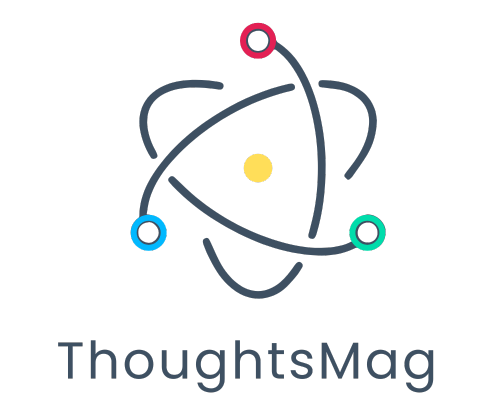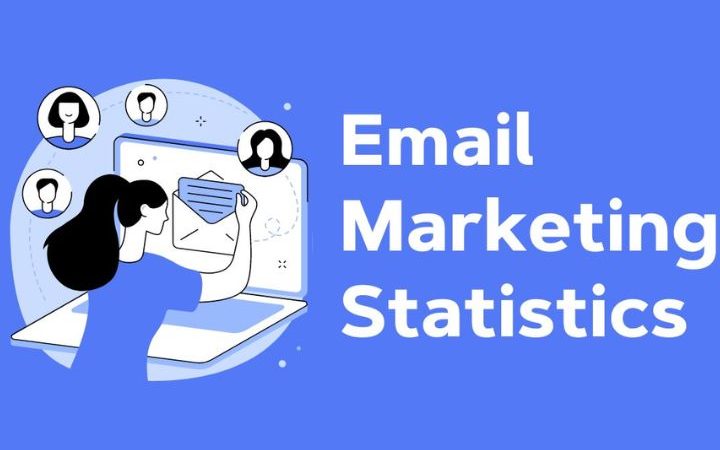Developing Digital Literacy Essential for Online Learning
The quick digitalisation of education has been a paradigm changer in how knowledge is reached, exchanged, and absorbed. From virtual learning rooms to participatory modules, the internet has become a primary place for learning. As this evolution continues to unfold, digital competence is no longer a nicety—it’s an imperative. For students in the virtual learning sphere, understanding digital tools and platforms is now a key requirement for success. Whether accessing academic resources, engaging in group work, or seeking assignment help online, digital literacy plays a crucial role. This guide analyses the importance of learning digital literacy, particularly in the context of online education, and provides practical tips on how to upgrade this worthwhile skill.

What Is Digital Literacy?
Digital literacy is the ability to critically and effectively use, assess, and produce information in a range of digital technologies. It’s not just being aware of how to use a computer or access the internet. It entails:
- Understanding digital tools and platforms
- Evaluating and analyzing digital content
- Communicating effectively in digital environments
- Digital security and identity management
In an era of online education, digital literacy is the central focus. It’s what enables students to make informed decisions, collaborate as a team, and get the job done–whether it’s conducting research online, presenting virtually, or even receiving assignment help.
Why Digital Literacy Matters in Online Learning
With universities and colleges going hybrid or online, students have never been more self-sufficient. Digital literacy directly impacts academic performance in several ways, from effective communication to accessing credible resources. It also enables students to confidently navigate digital platforms when collaborating, researching, or even seeking assignment help to better manage academic workloads.
1. Access to Information
Students need to locate academic content, which includes journal articles, databases, and e-books. Digital literacy equips learners with the ability to:
- Use search engines and academic databases properly
- Evaluating online information for credibility
- Organizing digital content with citation tools
2. Better Communication
Online learning relies significantly on digital communication, either by email, discussion forums, or group software like Google Docs and Microsoft Teams. Digital literacy empowers students to:
- Communicate effectively in writing modes
- Participate in online discussions
- Work on team projects remotely
3. Better Time and Resource Management
Digital tools like planners, calendars, and productivity applications allow students to:
- Manage deadlines effectively
- Set priorities
- Keep academic and personal life in perspective
4. Safe and Responsible Use of Digital Platform
Understanding privacy, data protection, and academic integrity is a fundamental part of digital literacy. Students ought to know how to:
- Protect online personal information
- Avoid plagiarism
- Recognize phishing scams and online fraud
5. Seeking Academic Assistance
Students use online resources to obtain supplementary academic assistanCe. Digital literacy makes it easier to recognize safe sites to access tools like assignment help.
Key Elements of Digital Literacy
To truly grasp the concept, it is helpful to break down digital literacy into key components:
1. Technical Competence
This includes the basic ability in operating devices, software, and tools such as:
- Word processors
- Spreadsheets
- Presentation software
- Learning Management Systems (LMS)
2. Critical Thinking and Analysis
There is much misinformation in digital spaces. The abilities required are:
- To discern credible sources
- To evaluate bias and credibility
- To compare multiple viewpoints
3. Digital Communication Skills
Online etiquette and communication efficiency can be the difference between success and failure. Key components include:
- Writing professional and concise emails
- Posting messages on forums with respect
- Clearly expressing ideas through digital platforms
4. Digital Creativity
Students are often asked to create content such as blog posts, infographics, or videos. Digital creativity includes:
- Use of multimedia tools
- Storyboarding
- Basic principles of design
5. Cyber Safety and Ethics
Being well aware of online safety guidelines and ethical conduct includes:
- Using safe passwords
- Understanding intellectual property rights
- Not plagiarizing and complying with digital copyright laws
Digital Literacy Tips for Improvement
Improving digital literacy does not have to be accomplished through formal training. There are real-world, day-to-day ways that students can upgrade such abilities:
1. Take Free Online Courses
FutureLearn, Coursera, and Khan Academy offer online courses in digital skills. Topics encompass:
- Internet safety
- Learning basic coding
- Tools for data analysis
2. Engage with Educational Technology
Experiment with new technology that is widely used in the classroom:
- Try mind-mapping software
- Use citation generators
- Research educational YouTube channels
3. Engage with Digital Communities
Online communities can be great for peer learning and knowledge sharing:
- Reddit academic subreddits
- Discord study servers
- Facebook groups around university courses
4. Practice Regularly
With any other skill, practice makes perfect. Try:
- Writing blogs or maintaining an electronic journal
- Creating presentations and infographics
- Participating in virtual study groups
5. Stay Current
Technology advances extremely quickly. Stay current by:
- Reading computer blog websites and podcasts
- Subscribing to digital literacy newsletters
- Attending webinars and online workshops
Challenges and Solutions That Work
Many students face digital literacy challenges. Here are how to overcome the most common ones:
1. Lack of Access to Devices or Internet
- Use campus libraries and computer labs
- Look for student tech grants or support funds
- Download material to use offline where possible
2. Overload of Information
- Use browser add-ons and reading lists to curate information
- Prioritize good sources
- Take breaks not to suffer from digital fatigue
3. Struggling to Stay Organised
- Use checklist apps
- Plan weekly planning session
- Arrange digital folders tidily
4. Struggling with Software
- Search YouTube tutorial videos
- Read software FAQs and forums
- Attend campus tech literacy training sessions
Institutional Roles for Developing Digital Literacy
It is the responsibility of institutions to help students with digital literacy. Institutional roles are:
- Offering digital literacy courses and workshops
- Giving access to modern digital tools and platforms
- Embedding digital literacy into curricula
- Providing academic integrity and cyber safety backup
Conclusion
Digital literacy is not just an academic tool—it’s an asset that lasts a lifetime. Whether it’s taking an online class, studying a subject, or finding assignment assistance, knowing how to use digital tools with confidence helps students own their education. As online learning advances, those with solid digital literacy will not only excel academically but are also poised for success in the workforce.
For students who need to enhance their performance academically and digitally, third-party learning platforms such as Assignment in Need (assignnmentinneed.com) are useful to obtain organized help without undermining academic integrity.






